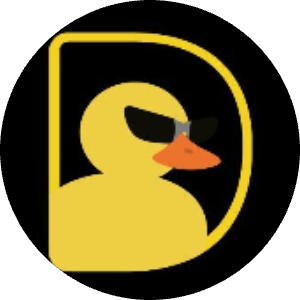
DUCK
DuckChain Token
$0.001500
2,28%
DuckChain Token Convertitore di prezzo
DuckChain Token Informazioni
DuckChain Token Mercati
Chi Siamo DuckChain Token
DuckChain è un protocollo Layer 2 compatibile con EVM che collega le reti TON con Ethereum e Bitcoin, progettato per offrire accesso alla blockchain all'interno di Telegram. Il token DUCK alimenta la governance, i pagamenti, gli incentivi e le funzionalità cross-chain. Informazioni dettagliate sulla fondazione rimangono non verificate.
DuckChain (DUCK) è un progetto blockchain posizionato come una soluzione Layer 2 compatibile con EVM, collegata a The Open Network (TON). Mira a integrare gli ecosistemi di Ethereum, TON e Bitcoin per abilitare una migliore interoperabilità e accesso agli sviluppatori per gli utenti Telegram. DuckChain intende inoltre semplificare l'interazione con la blockchain permettendo agli utenti di pagare le commissioni di gas utilizzando Telegram Stars o TON, abbassando così le barriere d'ingresso per gli utenti non-crypto.
DUCK svolge ruoli multipli all'interno dell'ecosistema DuckChain:
Governance: I possessori di token possono votare su cambiamenti del protocollo e parametri di rete.
Pagamenti delle transazioni: DUCK è pensato per il pagamento delle commissioni, possibilmente insieme a TON o Telegram Stars.
Staking e incentivi: Gli utenti possono mettere in staking DUCK per supportare la sicurezza della rete e partecipare a meccanismi di ricompensa.
Utilità nell'ecosistema: Può essere utilizzato in funzionalità come l'astrazione del gas, l'accesso alle dApp e il token gating nelle operazioni multi-chain.